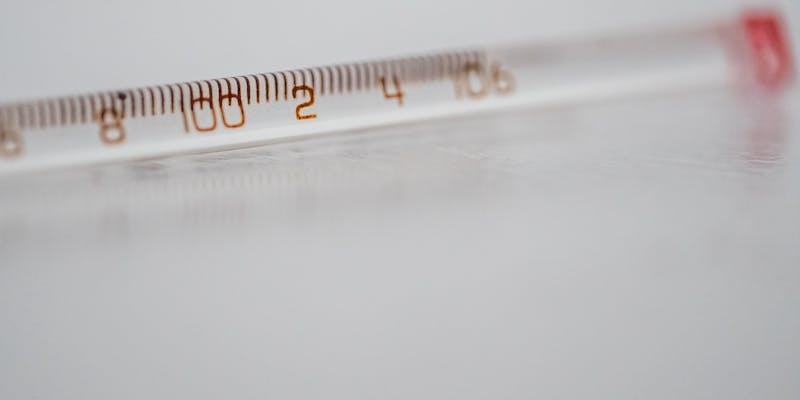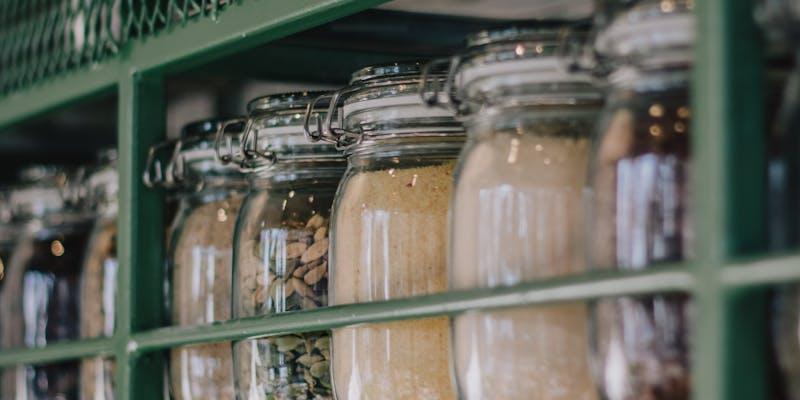Food Preservation: Causes of Spoilage and Prevention Methods
Feb 22, 2024 By Madison Evans
When proper precautions are not taken, food spoilage occurs quickly, leading to bad-smelling food. Microscopic creatures feed on food that you leave unattended. Several traditional and modern approaches enable long-term food preservation. While nothing can store food forever, these strategies allow you to keep goods well past their manufacturing date.
Causes of Food Spoilage

Enzymes and Microorganisms
Biological factors like enzymes and microorganisms play an important role in food spoilage. Enzymes naturally occur in different raw materials, acting as catalysts for hastening biological reactions that may be beneficial or detrimental to food quality. Fruits and vegetables undergo enzymatic browning, which can be attributed to enzyme activities that prompt the formation of brown pigments and the loss of tissue esthetics. They catalyze the oxidation of phenolic substances following tissue injury. It's important to control the activity of these enzymes carefully. We can do this through blanching or inhibitors to reduce spoilage.These biological agents, including bacteria, yeast, and molds, affect food degradation. These minute organisms thrive well at high nutrient levels and optimum pH values. The most common spoiling microorganism is bacteria. They can cause odd tastes, smells, and texture changes.
Temperature
The process of food spoilage is influenced by temperature because it affects microorganisms. Bacterial processes occur between 40- 140 degrees Fahrenheit, with their metabolic activities functioning at these temperatures. This is because, under such circumstances, bacteria triple their numbers every twenty minutes. The range of temperatures between forty and one hundred and forty °F is often called The Danger Zone.” That is why refrigerating food is always important; the Meat and Poultry Hotline emphasizes this assertion. Furthermore, should it get above 90 °F, any uncovered food should not stay out for over one hour.
Enzymatic reactions are slower than microbial development. They are strongly temperature-dependent. Enzymes catalyze processes faster at higher temperatures, leading to food spoilage and bad-smelling food. It's customary to use cold storage to prevent enzymes that cause browning, off-flavor, and nutrient loss.
Humidity
Humidity is another major factor in food spoilage. High humidity promotes bacterial and yeast growth. These germs grow in damp conditions and multiply faster. Food moisture impacts microbe metabolism and affects their survival and growth. Microbes can enzymatically break down complex organic components in excess moisture in food. This breakdown then results in bad-smelling food. Moisture-laden foods containing high amounts of nutrients are prone to spoilage. This moisture gives the mold a place to grow, making the vegetables and fruits go bad. However, low humidity can dehydrate foods, compromising their texture and quality. Lack of moisture can make baked foods stale and crisp and cause oxidative reactions in nuts and seeds.
Water and Nutrient Content of Foods
Foods with high water and nutrient content are more likely to get spoiled. The combination of moisture and nutrients creates an ideal environment for bacteria and molds. Bacteria multiply quickly in damp environments. Water and nutrient-rich meals enhance enzyme responses. These substances' natural enzymes break down proteins, lipids, and carbs, speeding the food spoilage process. These enzymatic activities cause browning and make the food smell like ammonia. Moisture in these foods can cause ammonia-like scents as they spoil. Pseudomonas spp., a spoilage bacteria, breaks down proteins and releases ammonia. Food that smells like ammonia signals food decomposition and is dangerous to eat. Fish and seafood are prime examples. Because of their high water and protein content, they deteriorate easily and smell like ammonia.
Methods of Food Preservation

Low-Temperature Preservation
Many foods last longer in low temperatures. Low temperatures limit microorganism development and several physical and chemical reactions. Storage below 4 °C (40 °F) can extend the life of many goods. Fresh fruits and vegetables, eggs, dairy products, and meats are among the most commonly chilled foods. Low temperatures can destroy some foods, such as tropical fruits (e.g., bananas). Furthermore, cooling cannot improve the quality of damaged food; it can only delay deterioration.
One issue with modern mechanical refrigeration is the dehydration of foods caused by moisture condensation. This has been addressed with humidity control devices within the storage chamber and proper packing techniques. Freezing and frozen storage are effective ways to preserve the nutritional value of foods. Nutrient loss at subfreezing temperatures is extremely modest for the average commercial storage time.
Canning
Canning heats food in jars to kill spoilage-causing microorganisms. Boiling food for a certain time and removing bacteria prevents deterioration. Air is forced out of the jar during the canning process, creating a vacuum as it cools and seals. Two methods for canning food at home are boiling water and pressure canning. Both canning processes function in the same manner. The ingredients are prepared and placed in jars with specific lids that allow steam to escape.
The jars are heated; as they cool, the food contracts and forms an airtight seal, preserving the contents for up to a year. Low-acid items like most vegetables and meats can be pressure canned. To prevent bacteria growth, these must be cooked to a higher temperature in special pressure-canning equipment.
Pickling and Fermentation
Since ancient times, pickling has been a common preservation method. The first mention of pickled cucumbers goes back to early India. Pickling utilizes an acidic brine for preserving food. You pour this brine mixture over foods you want to preserve and keep it in a sealed jar for a few days. Thus, the taste of vegetables changes, making them sour.
Furthermore, fermentation is also as simple as that dated back to 7000 BC in China. Food is preserved and transformed by bacterial fermentation. Usually, it means that good bacteria have eaten the sugars and carbohydrates from the diet. These bacteria then change the sugar into acids and carbon dioxide. In short, these substances contain the meal inside while enhancing its flavor. Fermentation is also employed globally in baking countless types of bread. One way or another, yeast consumes sugar and carbohydrates, converting them into carbon dioxide and alcohol without using oxygen; hence, dough rises.







